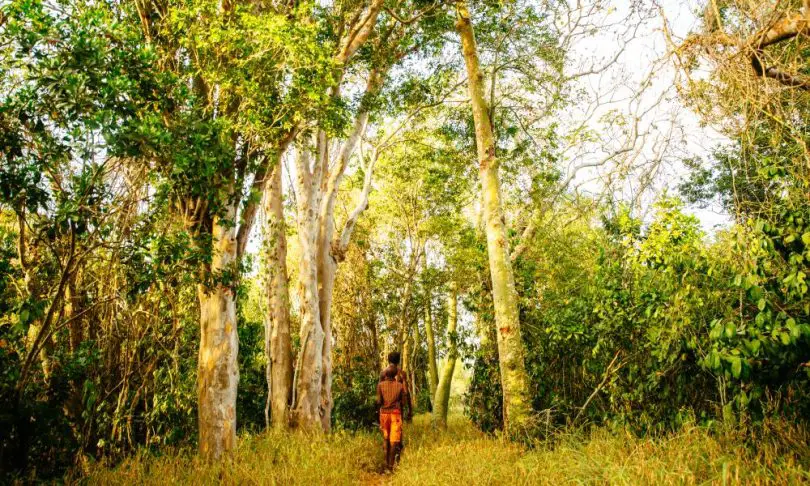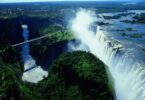Kenya is home to not less than seven UNESCO World Heritage Sites, testifying to its spectacular beauty, culture and natural diversity. The East African country is a must-visit destination for anyone wishing to get the experience of a lifetime.
Apart from the world heritage sites, Kenya is also famous for offering first class wild safari where you get to see the big five game animals. Here is an interesting journey through the UNESCO World Heritage Sites in Kenya. The sites, which range from legendary wildernesses to cultural icons, are preserved for future generations to enjoy.
Table of Contents
1. Lake Turkana National Parks
Lake Turkana and the three surrounding national parks (Sibiloi National Park, Central Island National Park and South Island National Park have been part of the UNESCO Natural Heritage since 1997.
The three national parks cover a total area of 161,485 hectares and are located within the Lake Turkana basin whose total surface area is 7 million hectares. They are home to great biodiversity for both animals and plants.
2. The Kenya Lake System in the Great Rift Valley
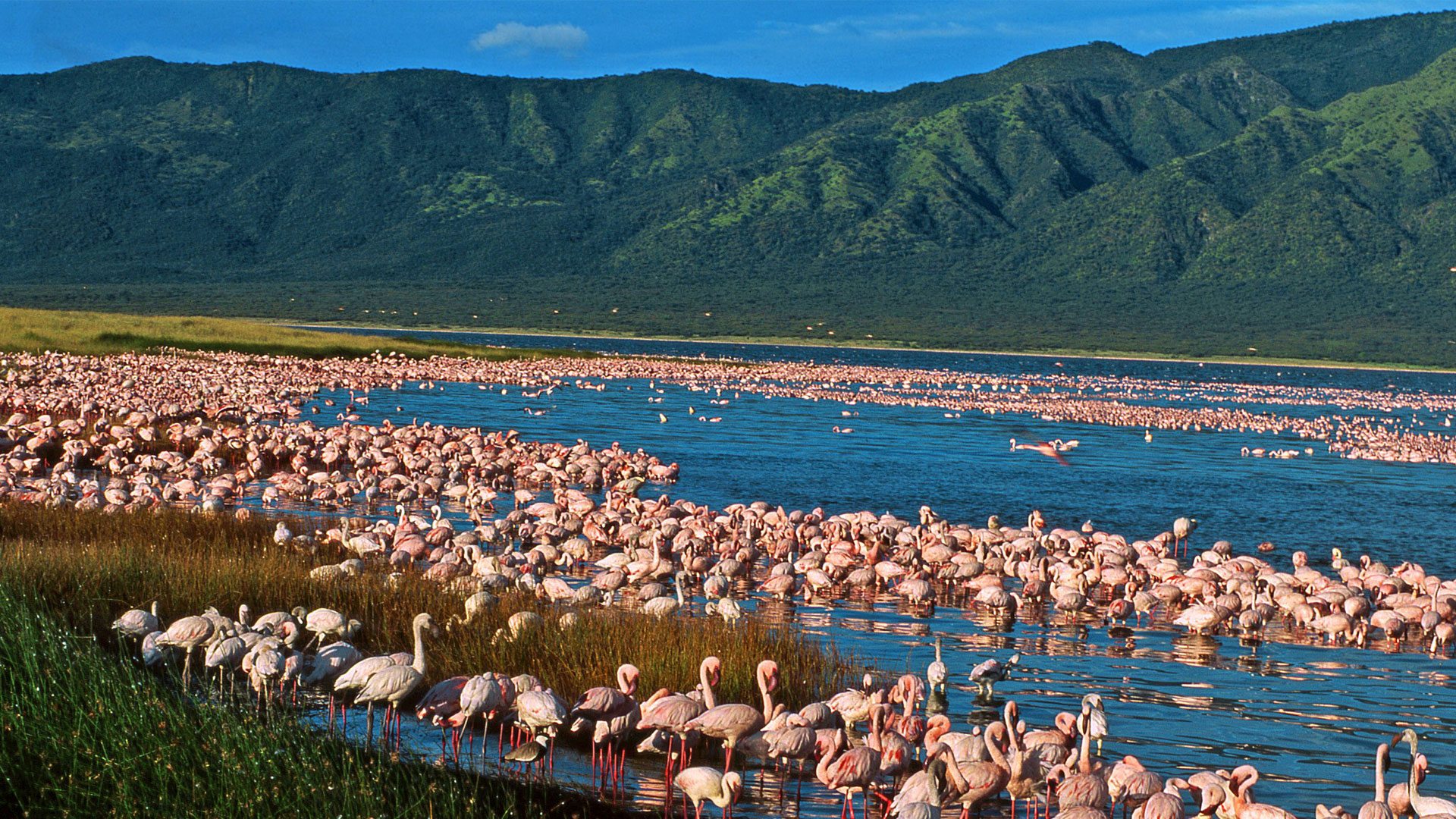
Flamingos in the Kenya Lake System. Photo/ andBeyond.
The Kenya Lake System is a nature’s outstanding beauty made up of three inter-linked and relatively shallow lakes. The lakes, which cover a total area of 32,034 hectares, include Lake Bogoria, Lake Elementaita and Lake Nakuru.
They are jointly managed by Kenya Wildlife Service and have garnered a reputation for housing rich population of migratory birds, flamingos and great white pelicans. The Kenya Lake System became part of UNESCO World Heritage Sites in Kenya in 2011.
3. Mount Kenya National Park and Natural Forest
Since 1997, Mount Kenya National Park and Natural Forest has been recognized as a UNESCO World Heritage Site in Kenya. It is one of the most impressive landscapes in eastern Africa and was founded to protect Mount Kenya. The site was primarily a forest reserve before it was elevated into the statue of a national park.
This natural environment is crucial as a natural habitat for wild animals that call it home. Furthermore, it is a water catchment area which provides water supply to most parts of Kenya.
4. Thimlich Ohinga Archaeological Site
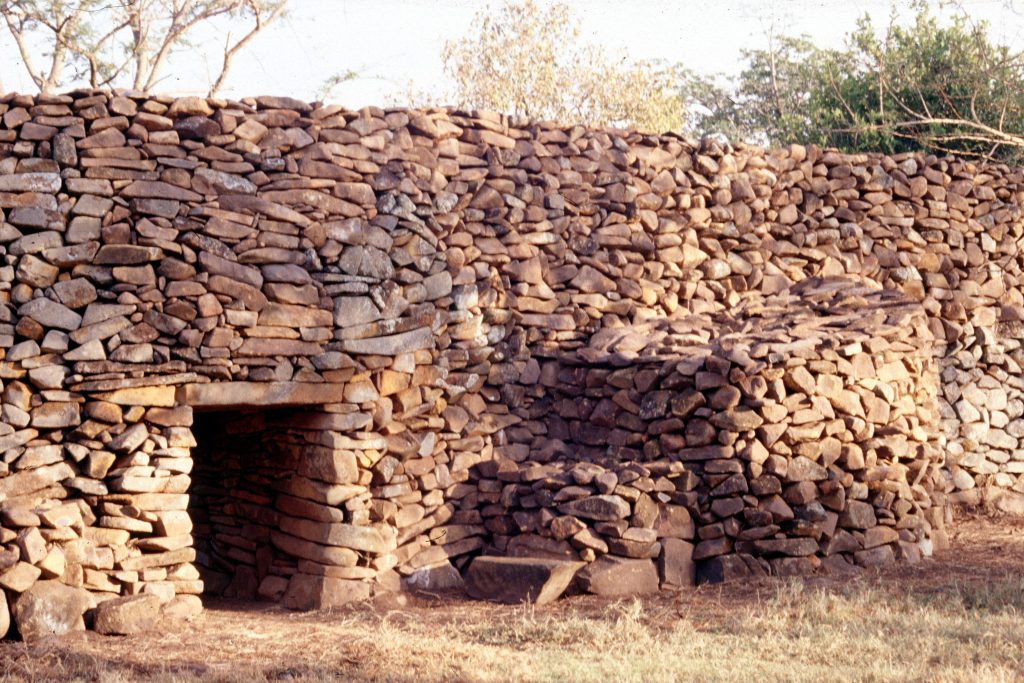
Thimlich Ohinga is one of the UNESCO World Heritage Sites in Kenya. Photo/ National Museums of Kenya.
Also known as ‘frightening dense forest” in Dholuo language, Thimlich Ohinga is the latest UNESCO World Heritage Site in Kenya. The site, which includes four large dry-stone wall complexes known as ohingni, was added to the list in 2018.
Archaeological records of materials found within Thimlich Ohinga go beyond 500 years ago. It is believed that the Bantus, who lived in the region before the arrival of Luos, built the stone structures.
5. The Sacred Mijikenda Kaya Forests
The Sacred Mijikenda Kaya Forests, which is one of the UNESCO World Heritage Sites in Kenya, consists of eleven separate forests spread over 200 kilometres long. It contains the remains of numerous fortified villages known as Kayas of the Mijikenda.
The villages, which were built in the 16th century and abandoned by the 1940s, are today revered as sacred ancestral dwellings. The Sacred Mijikenda Kaya Forests was declared a UNESCO World Heritage Site in 2008.
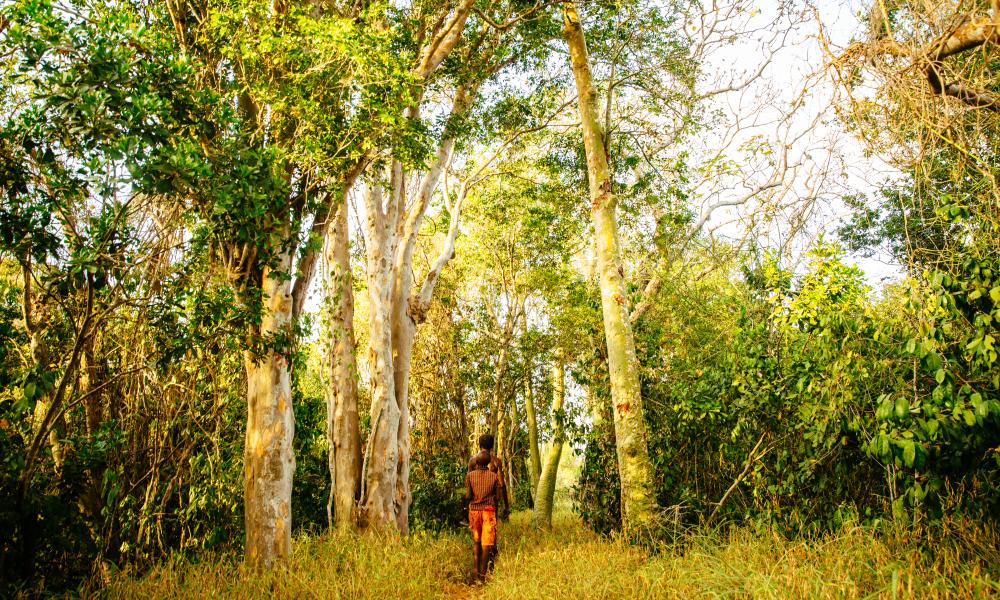
The Kaya Forests. Photo/ WWF-UK.
6. Fort Jesus
Built in the 16th century by the Portuguese, Fort Jesus became a UNESCO World Heritage Site in 2011. It was under the control of Portuguese for one century and is a testimony of how the West tried to control Africa. The property covers about 2.34 hectares and includes the fort’s immediate surroundings.
Fort Jesus has been a leading tourist attraction since Kenya’s independence in 1963. Inside the fort you’ll come across archaeological excavations at Ungwana, Gede, Manda and Fort Jesus itself.
7. Lamu Old Town
One of the uniquely kept heritages in Kenya and the best preserved Swahili settlement in East Africa, Lamu Old Town was listed as a UNESCO World Heritage Site in 2001. To this day, the old town houses structures and other elements of the Swahili culture.
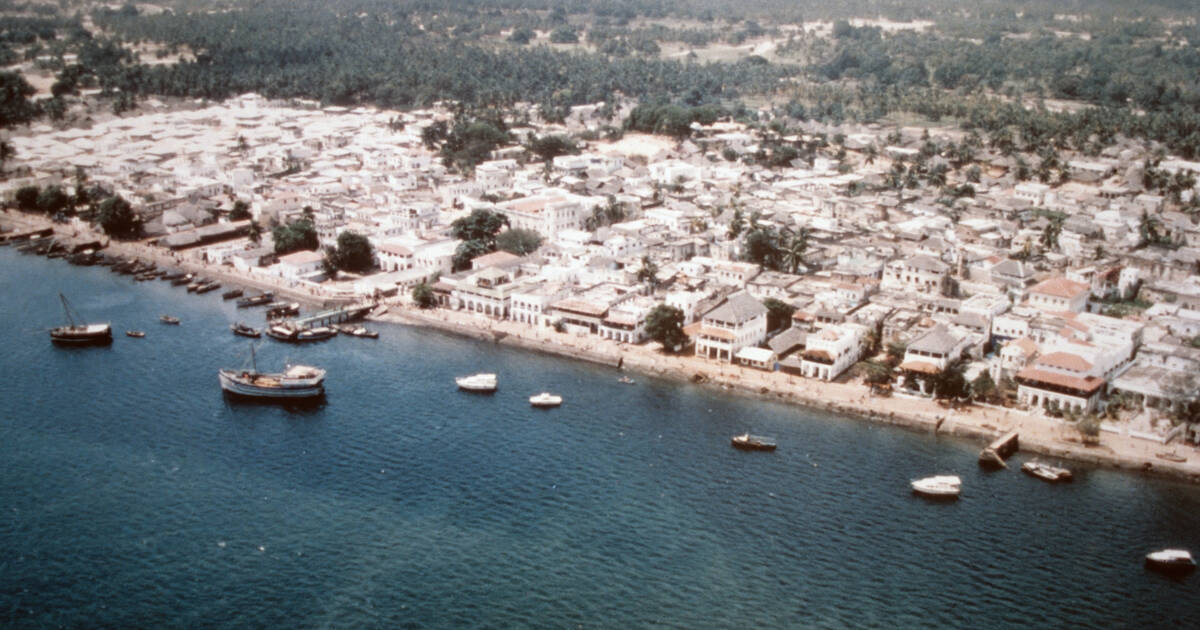
Lamu Old Town. Photo/ UNESCO World Heritage Centre.
The town is unique for its narrow streets and alleys that only allow movements by foot and donkey. It has been continuously inhabited for over 700 years now.
How Many UNESCO World Heritage Sites Are in Kenya?
The East African country holds seven UNESCO World Heritage Sites, making it second only to South Africa (which is ten).
Which African Country Has the Most UNESCO World Heritage Sites?
South Africa boasts a remarkable number of World Heritage Sites. There are ten sites in total as declared by UNESCO given their significance in evolution and historical importance.
Is Lake Turkana a World Heritage Site?
Lake Turkana National Parks is a group of three national parks located around Lake Turkana in Kenya. It was inscribed as a UNESCO World Heritage Site in 1997 and expanded in 2001.
Is Lamu a UNESCO World Heritage Site?
Lamu is a UNESCO World Heritage Site that contains several historic sites, including the German Post Office and the Lamu Fort.


